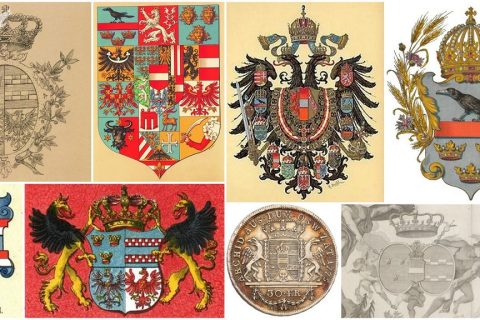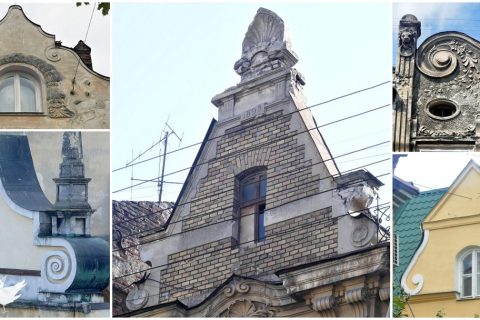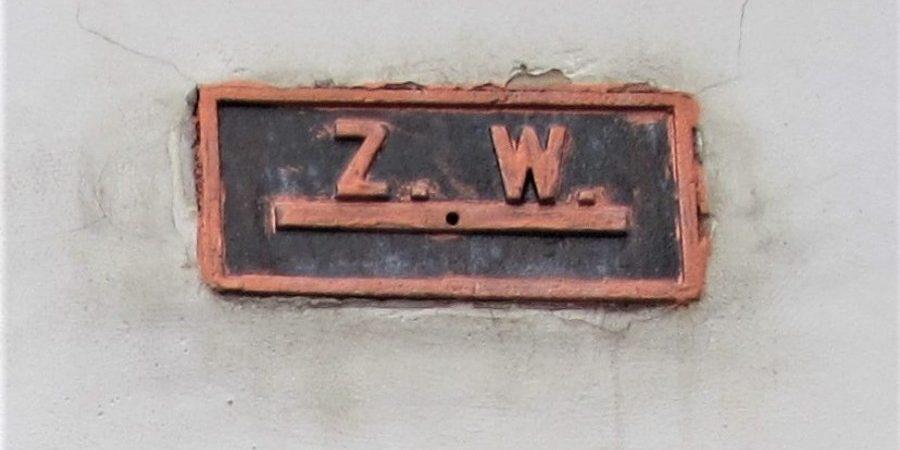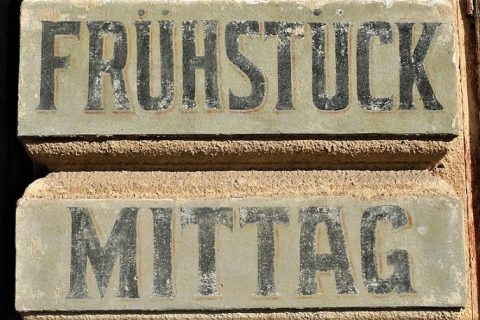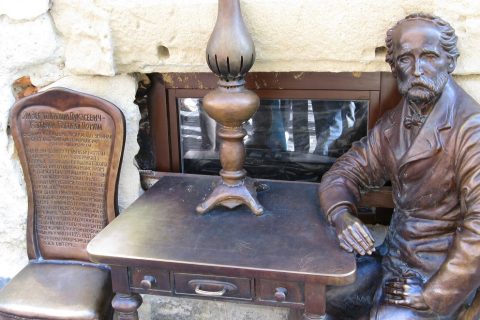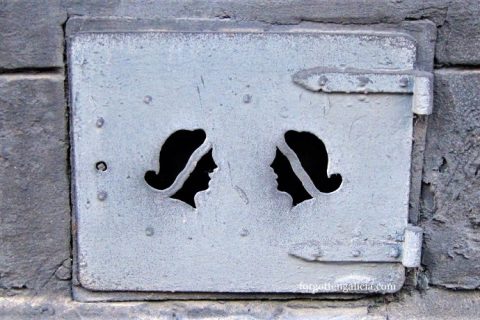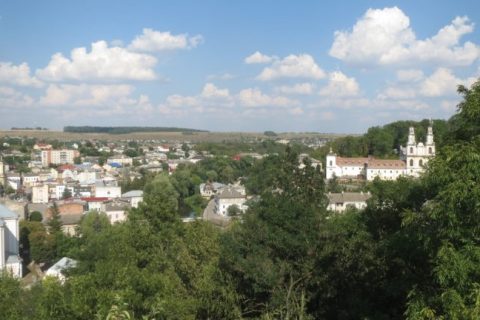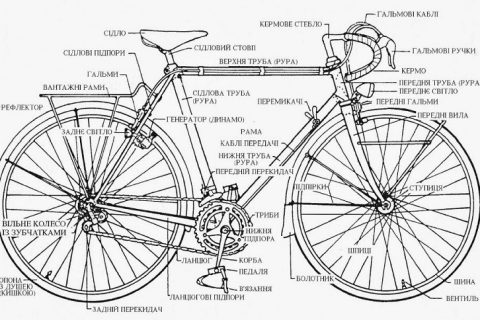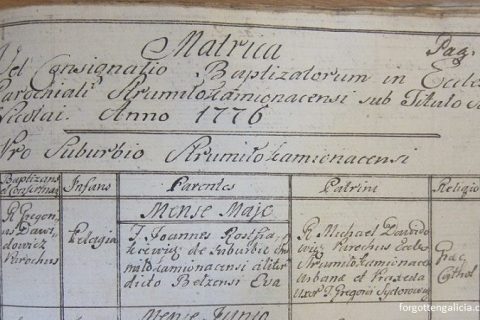Benchmarks in Lviv: How Elevation Was Marked in the Past
A benchmark is a geographic point whose elevation has been measured and recorded to a high level of accuracy. The height of a benchmark is calculated relative to the heights of nearby benchmarks in a network extending from a fundamental benchmark (a point which records a height to extreme accuracy). Benchmarks are […]
Read More





